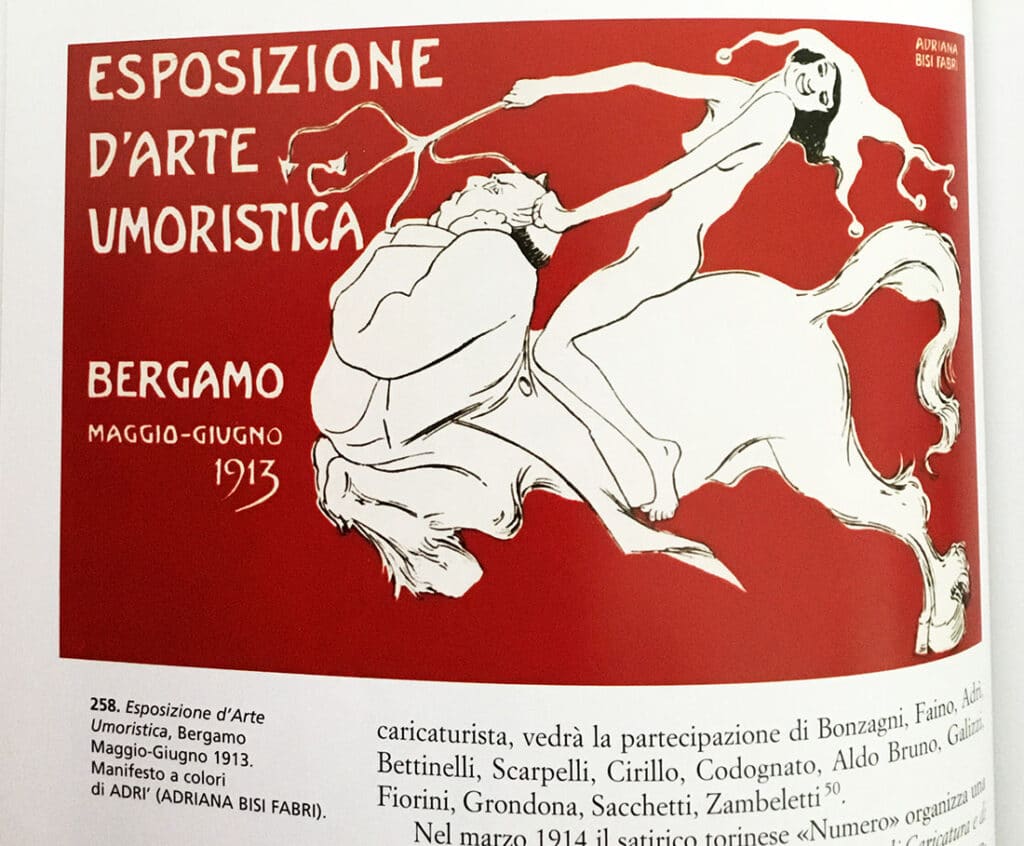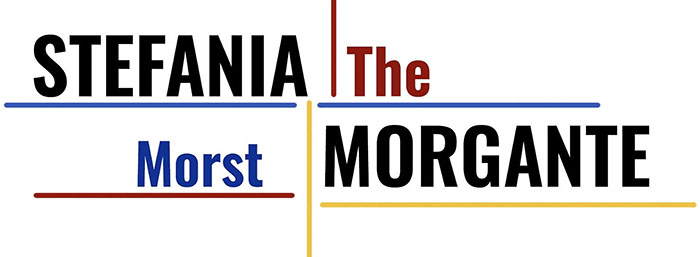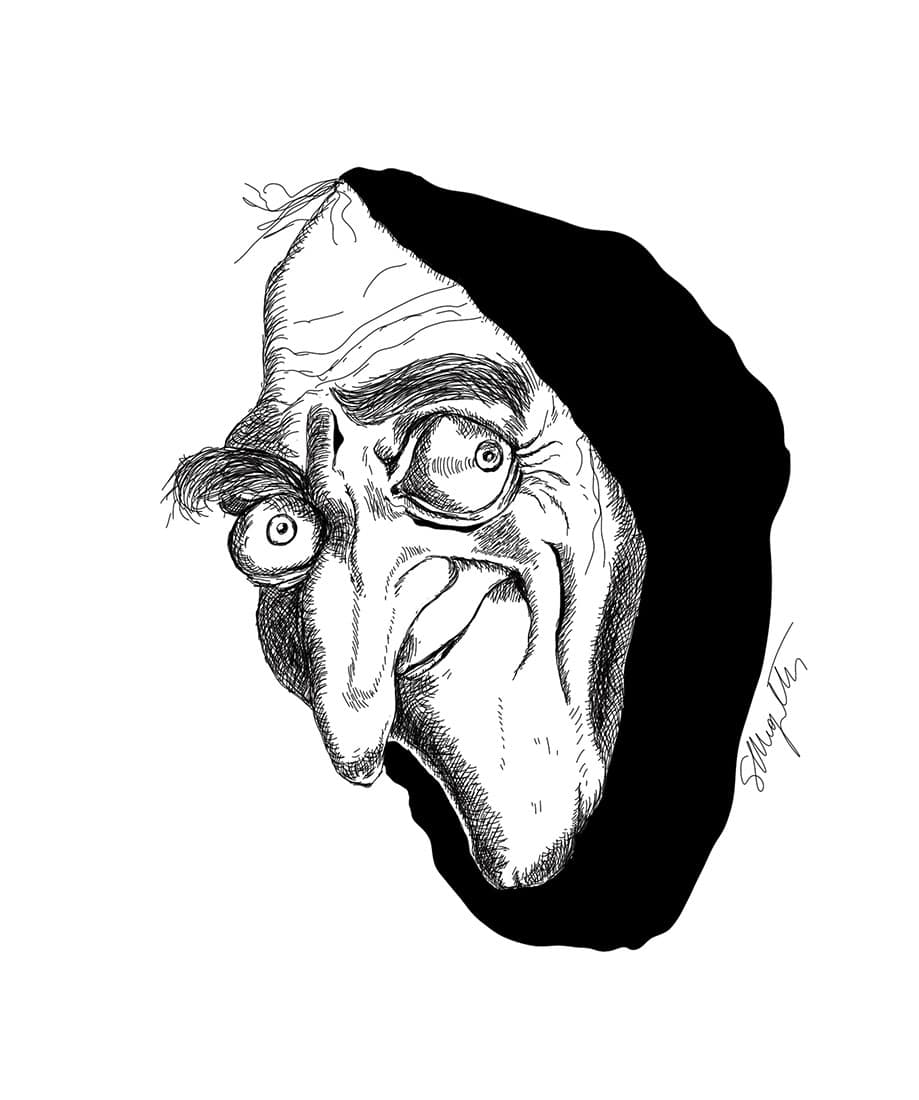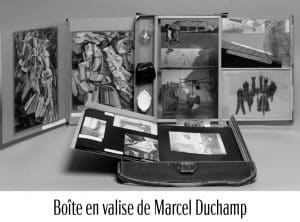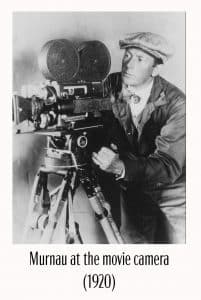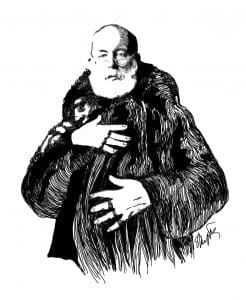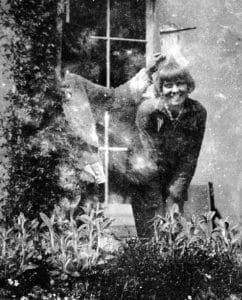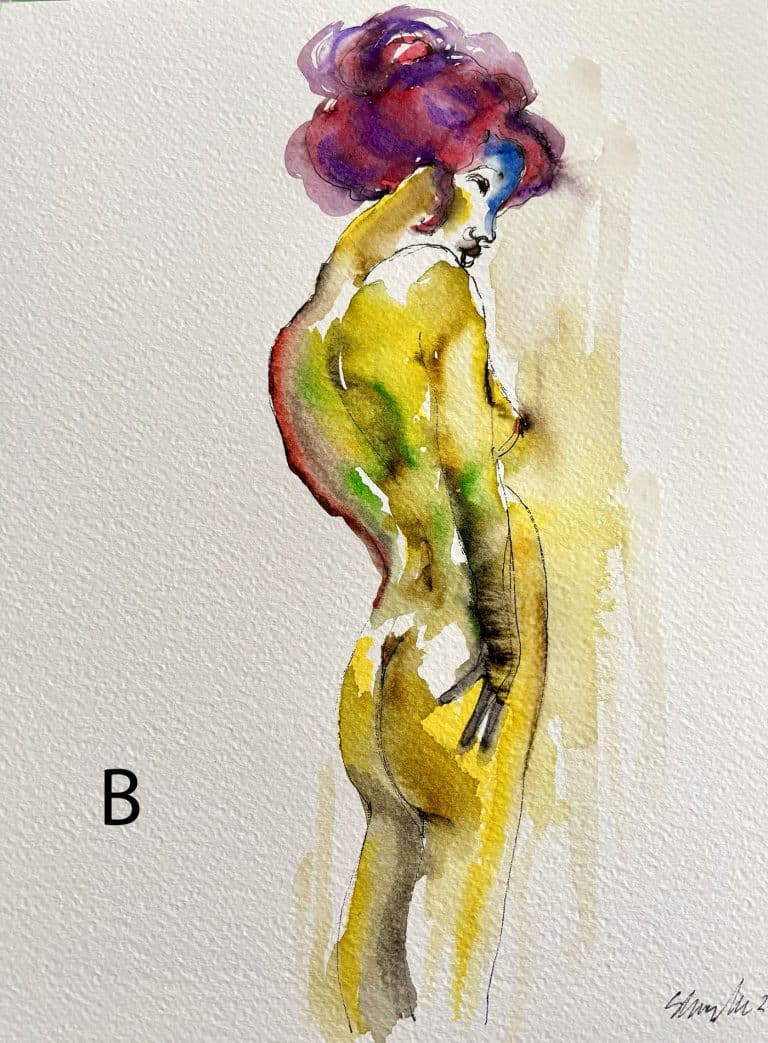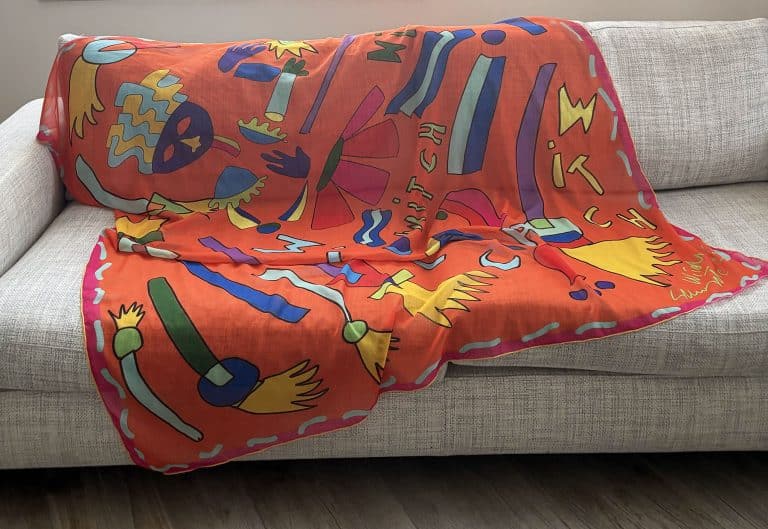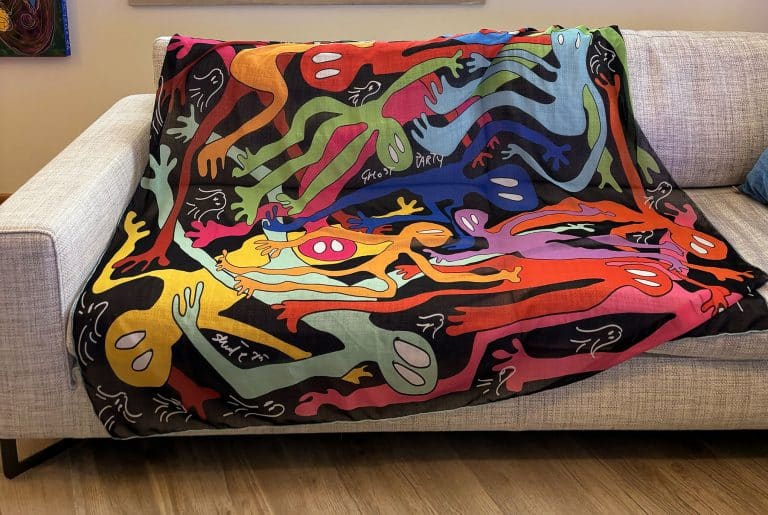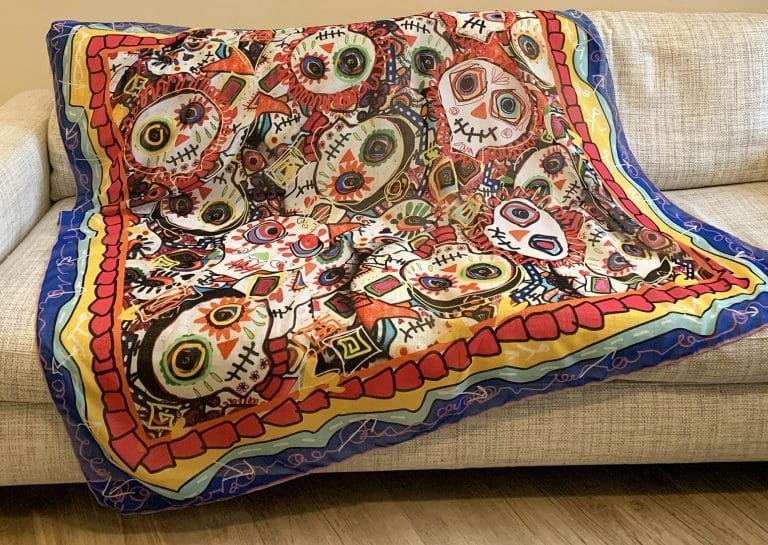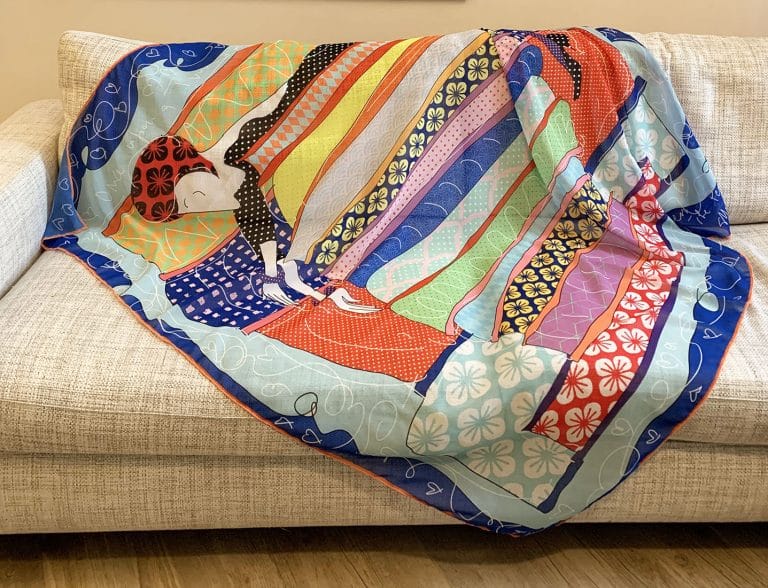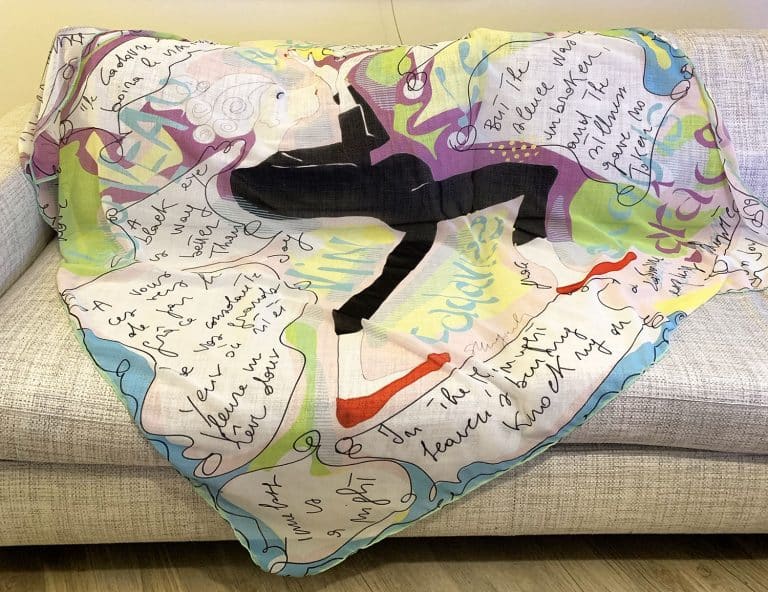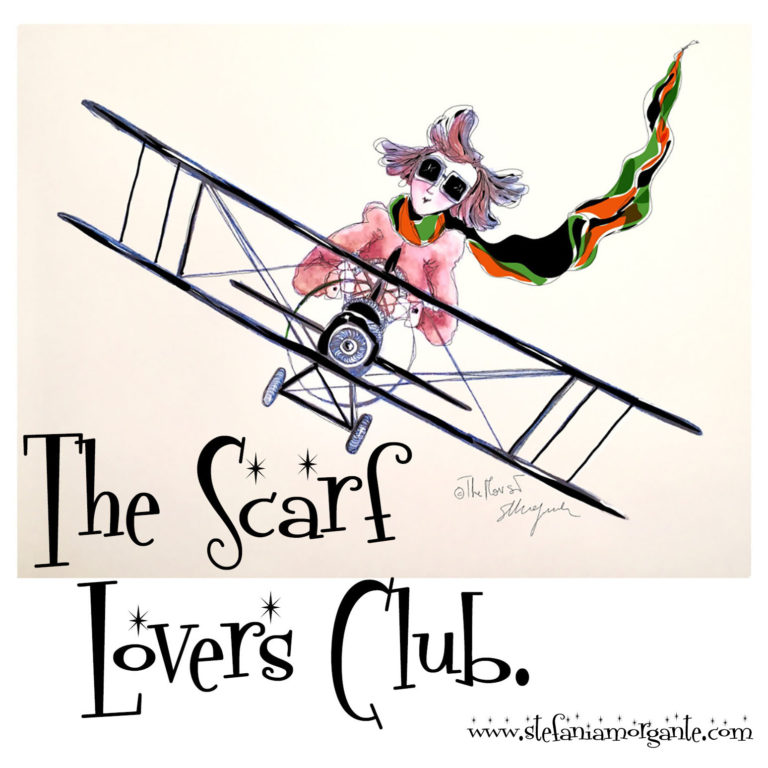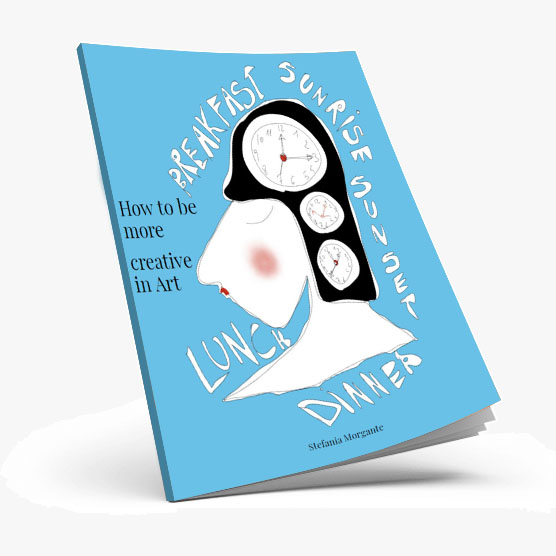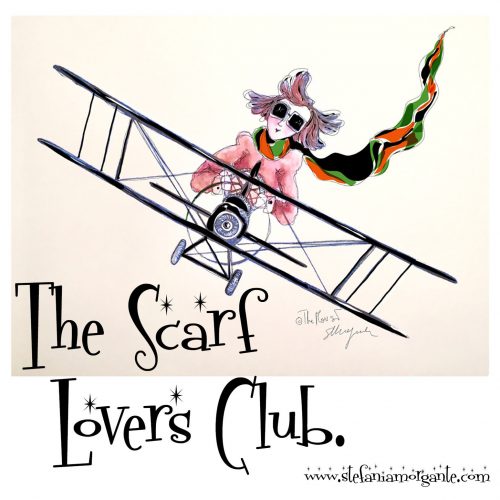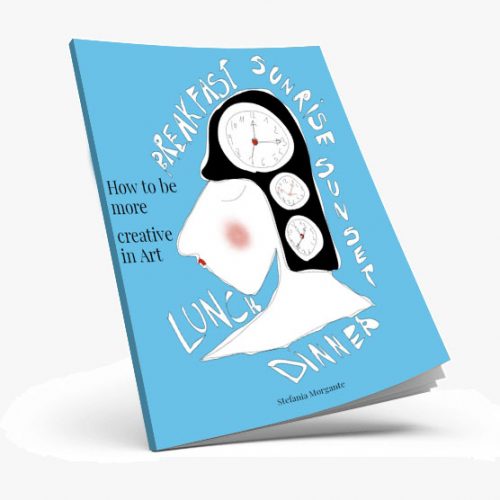When Art still has a lot of history to cover.
Before the deformation of a body into a human caricature, you need to know all the rules of anatomy.
The body has precise rules and dimensions to follow.
From classical art onwards, each drawn body had its own rules, as the human body must be recognizable in the setting of the drawing.
Basically, you have to know the rules and then take them apart and reinvent them.
Even Picasso started from the precise and maniacal study of anatomy to break down the figures.
In the case of human caricature, in order to deform a face or a body, it is necessary to start from something proportionate before increasing or decreasing body volumes.
Starting then from precise rules (bones, muscles, tendons drawn according to scientific criteria), having then learned thoroughly what is a human body, you can change the proportions.
The drawing changes depending on the subject portrayed.
If a human face has a very obvious nose and close-set eyes, the artist will inevitably have to stick to what he has in front of him.
However, the peculiar characteristics of a subject to be portrayed, can be accentuated to highlight strengths and weaknesses and emphasize the character of the person.
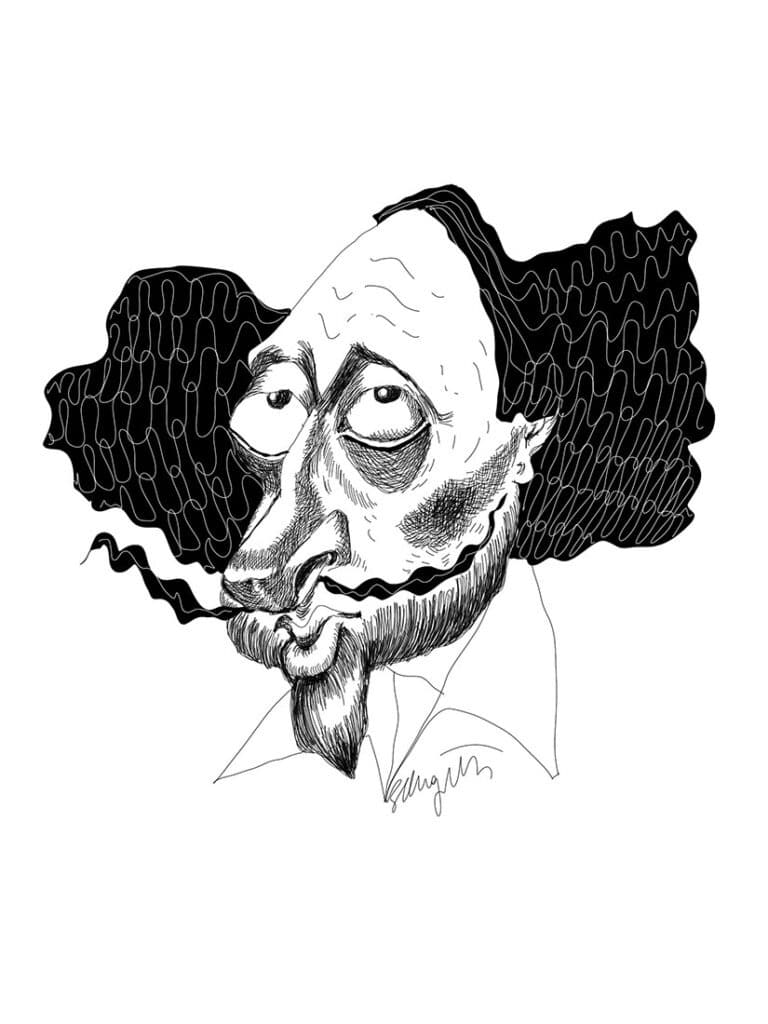
How a caricature is born.
It is thought that the first one was Leonardo da Vinci.
Leonardo was a great studier of anatomy and reality, and his caricatures, i.e. characters portrayed with huge noses or pronounced chins, were precisely studies as such.
Leonardo was not interested in mocking power or making politics through portraiture.
Just as he studied scientific phenomena, so he portrayed human beings in their strangeness, diseases and anatomical differences.
Before him there had been Hieronymus Bosch, who in the Middle Ages portrayed the monstrous and the horrid in his paintings of human sins.
In this case, the artist focuses on deformations as symbols of decadence, sin, and damnation.
Compared to Leonardo, vision and irony count here.
The society that suffers from religion and its rules.
And yet there is basic what caricature does: highlighting certain physical characters to denounce moral vices.
In the eighteenth century is Francisco Goya who in his drawings illustrates human decadence.
It is a deformed humanity, a deep criticism of violent society, suffocated by an indifferent clergy and deep social divisions.
The caricature deforms, accentuates, makes the human body monstrous.
And the body expresses all the vices and human decadence in society.
In the nineteenth century, caricature is an autonomous art.
A real genre.
In 1831 Charles Philipon inaugurated “The caricature“, then renamed “Le Charivari” in 1833 in which he published his drawings Honoré Daumier.
Another important artist and caricaturist is found in Germany.
In 1917 during the First World War, George Grosz made paintings attacking the corruption of society and the absurdities of war.
Because of these caricatures published in satirical magazines, he will be tried several times.
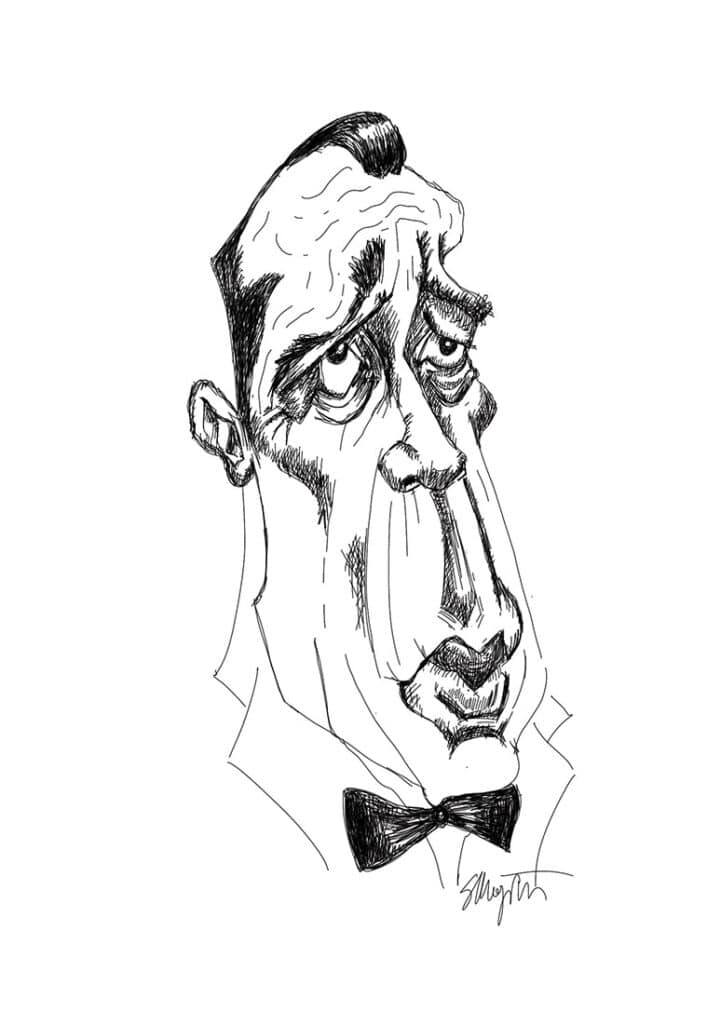
Women in the art of caricature.
The history of caricature, like almost the entire history of art, is lacking in female artists.
The artistic environment does not provide for female presences, moreover in a field that aims to mock the power and vices of humanity.
The women who have created caricatures are painters, writers, illustrators.
They are women who move in different artistic fields and only in some cases have created caricatures.
At the moment, searching on search engines and books, I found very few.
Women caricaturists.
Until the end of the nineteenth century, no female presence is reported.
In fact, I intend to study this topic in depth and if you, who are reading me, have some names to suggest, I will be grateful.
It is important that we rewrite art history and give space to female artists who are still in oblivion.
I’m sure some women have published under pseudonyms or kept their work within the four walls.
What is certain is that the female presence is almost non-existent.
Sibylle Riqueti de Mirabeau, who signed her drawings with the pseudonyms “GYP” or “BOB”, was featured in the late nineteenth century Parisian magazine “Le Rire“.
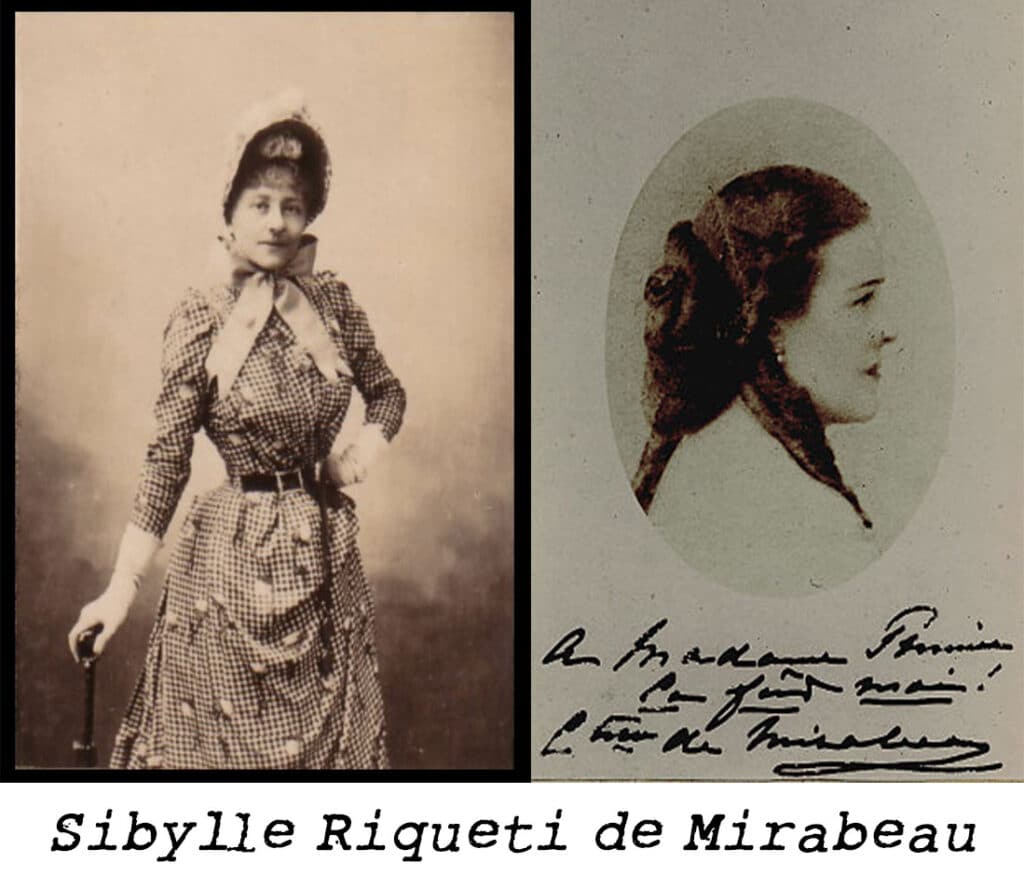
With the First World War we finally find some female names in French magazines such as La Baïonnette.
Gerda Wegener who left an incredible number of drawings, even erotic as well as caricatures.
Mabel Lucie Attwell specialized more on childhood illustration.
A few years later, in Germany, in the magazine Simplicissimus, the expressionist artist Kathe Kollwitz, who is well known for her engravings, makes her mark.
And next to her Mathilde Ade, who will publish in Meggendorfer Blätter.
In Italy Adriana Bisi Fabbri, who signed herself “Adrì” perhaps not to highlight her gender.
